Why the Pay Us What You Owe Us Bold Statement Shirt Matters
This bold garment isn’t just fashion—it’s activism. In a world where economic disparities grow, wearing this shirt sends a clear message: accountability matters.




The Power of Clothing as Protest
Clothing has always been a medium for dissent. From suffragette sashes to Black Lives Matter tees, what we wear speaks volumes.
The Pay Us What You Owe Us Bold Statement Shirt follows this tradition. It turns passive frustration into active demand. Unlike vague slogans, this phrase directly challenges systemic unfairness.
When worn in public, it forces observers to confront uncomfortable truths about wage theft and financial exploitation.
How It Amplifies Marginalized Voices
Many workers—especially in gig economies—face unpaid wages with little recourse. This shirt gives them visibility.
For freelancers, delivery drivers, or underpaid interns, it’s armor against silence. It says, “My labor has value.”
Studies show visual protests increase awareness by 40% compared to online petitions alone. A bold shirt bridges digital and physical activism.
Comparing It to Other Protest Apparel
Unlike generic “Equality” shirts, this design specifies the grievance—unpaid dues.
Where other slogans ask nicely (“Please Be Fair”), this one demands action (“Pay Us”). That shift from request to command changes perceptions.
How to Style the Pay Us What You Owe Us Bold Statement Shirt
Making a statement requires strategy. Here’s how to maximize its impact.
Pairing with Complementary Accessories
A minimalist approach ensures the message isn’t drowned out.
- Black jeans: Keeps focus on the text.
- Red armband: Symbolizes solidarity with labor movements.
- Sturdy boots: Reflects working-class resilience.
Avoid overly flashy items that distract from the shirt’s purpose.
Choosing the Right Occasions
Not every setting suits confrontational messaging.
Protests, union meetings, or debt strikes are ideal. Job interviews? Less so—unless you’re negotiating back pay!
Context matters. Wearing it at a corporate shareholder meeting could provoke dialogue; at a casual brunch, it might seem out of place.
Leveraging Social Media
A photo wearing the shirt with a story about wage theft humanizes the issue.
Example caption: *”Three months of unpaid overtime—this isn’t just my fight.
Platforms like Instagram and Twitter amplify reach. Tag relevant organizations (@FightFor15, @ACLU) to draw attention.
Real-Life Impact of the Pay Us What You Owe Us Movement
Numbers don’t lie. Wage theft affects millions annually.
| Statistic | Data |
|---|---|
| Unpaid wages in the U.S. (yearly) | $15 billion |
| Workers affected | 3 million+ |
| Success rate of wage claims | 12% |
Stories from the Frontlines
Maria, a restaurant worker, wore the shirt to her boss’s office after denied tips.
Her photo went viral, leading to a settlement.
Such cases prove clothing can be a catalyst for change.
Corporate Responses to Public Pressure
Companies hate bad PR. When employees wear this shirt en masse, it hits harder than a lawsuit.
Amazon and Walmart have faced protests featuring similar apparel, pushing them to address wage disputes faster.
Legal Protections and Their Limits
While laws exist, enforcement is weak. The shirt circumuses bureaucracy by applying social pressure.
It’s a reminder that justice shouldn’t rely solely on broken systems.
Conclusion
The Pay Us What You Owe Us Bold Statement Shirt merges fashion and activism seamlessly. It’s a tool for the unheard, a beacon for the exploited, and a challenge to power structures.
Wear it wisely, share your story, and demand what’s owed—because silence never paid anyone’s bills.
Be the first to review “Pay Us What You Owe Us Bold Statement Shirt” Cancel reply
Related products
New Arrivals
New Arrivals
New Arrivals
New Arrivals
New Arrivals
New Arrivals
New Arrivals
New Arrivals

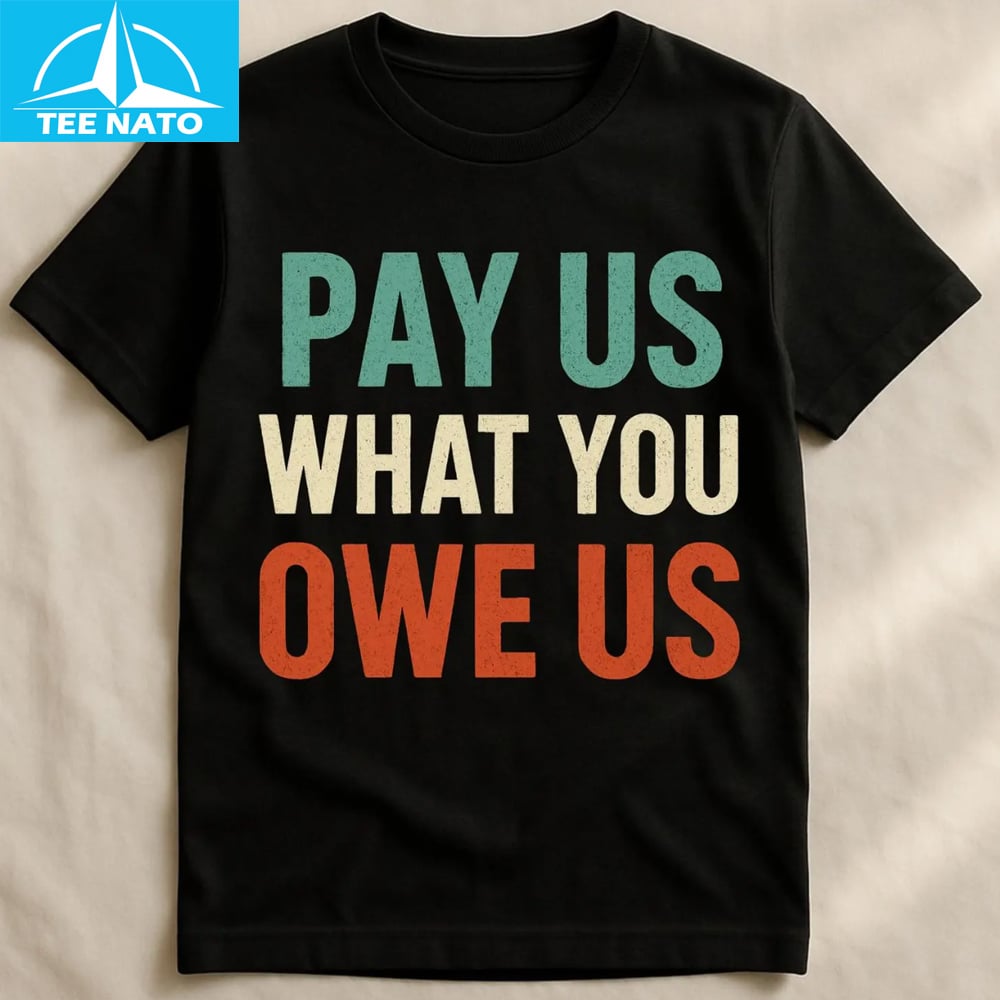
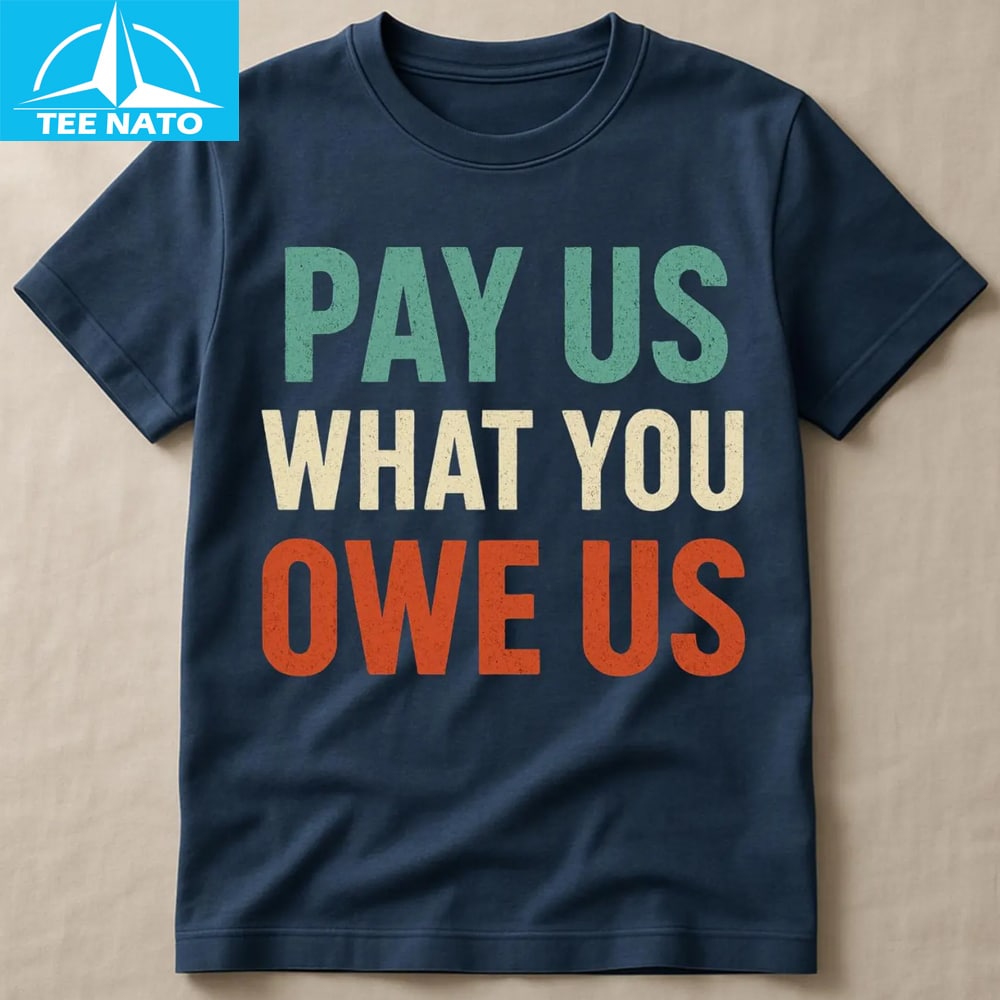
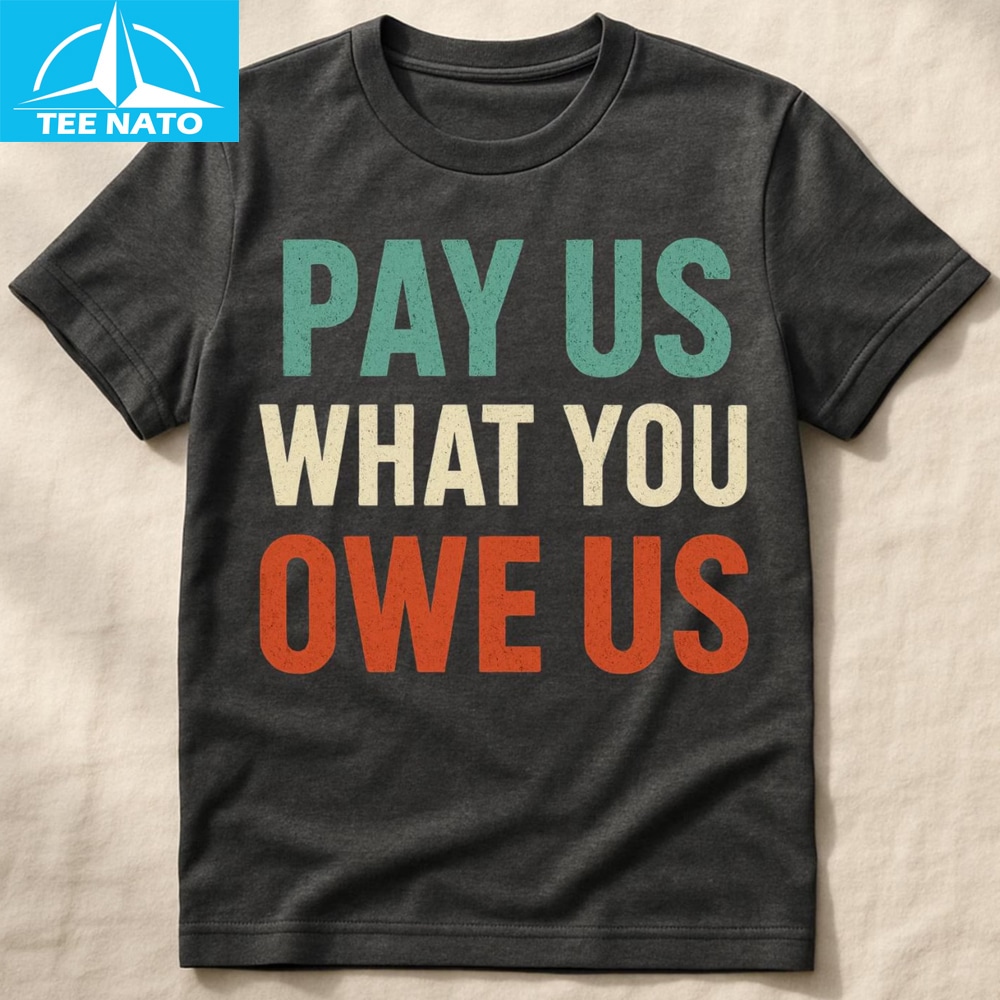
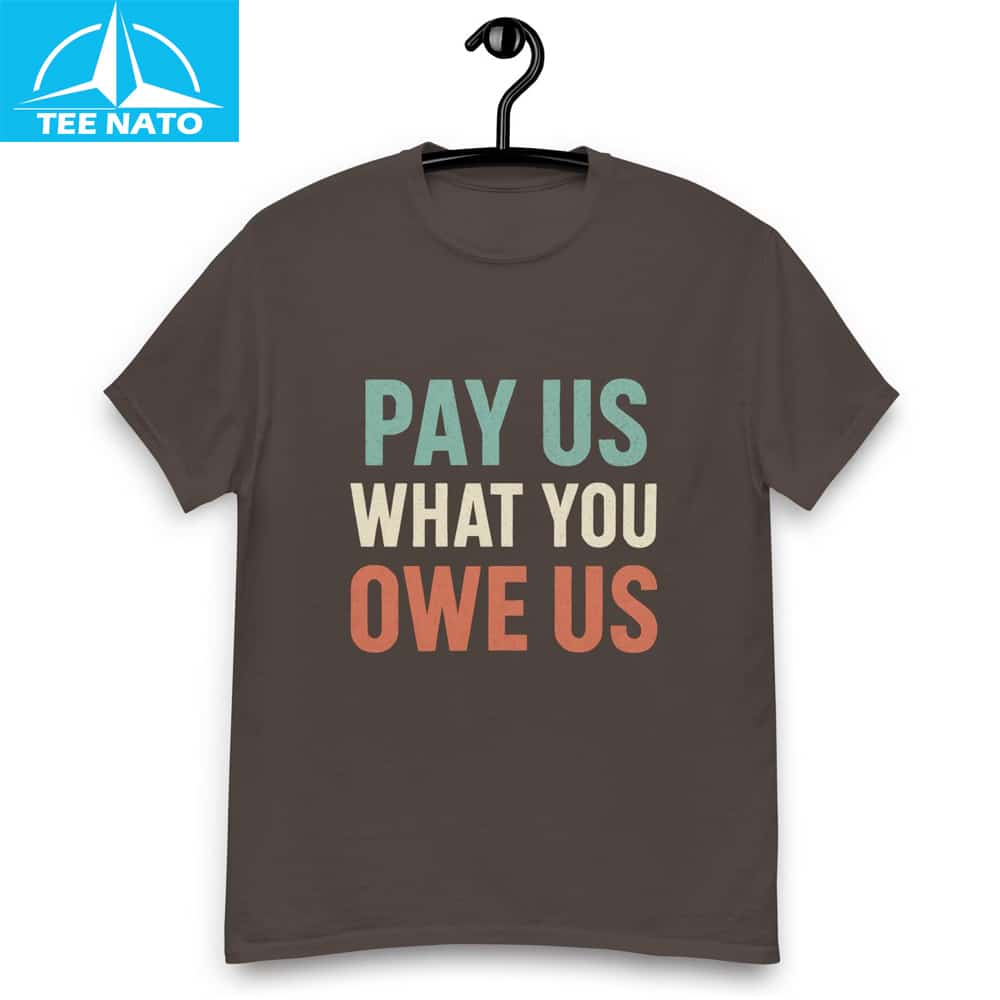
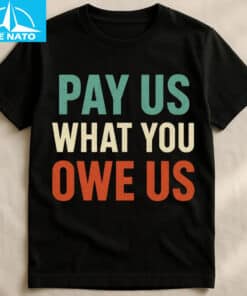
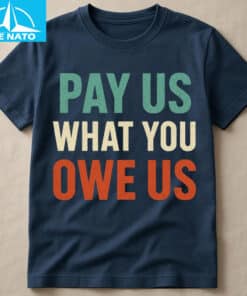
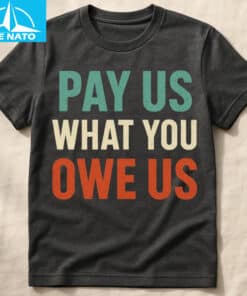
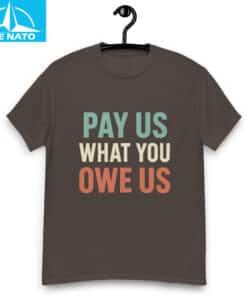
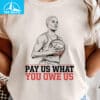

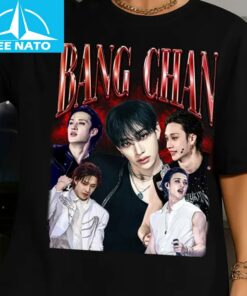
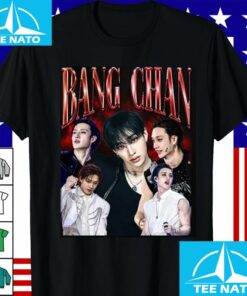
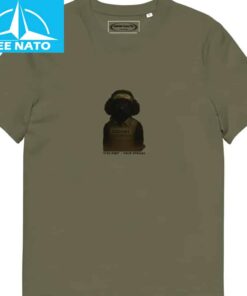
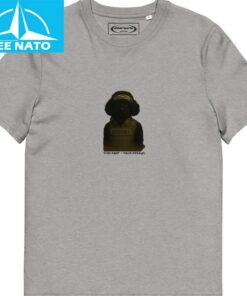
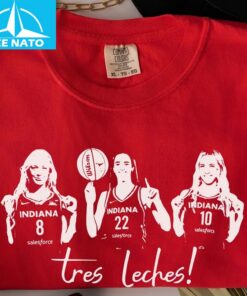
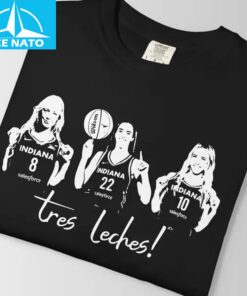
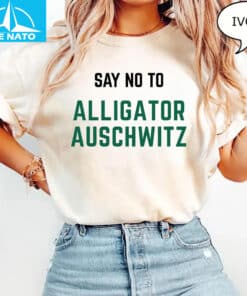
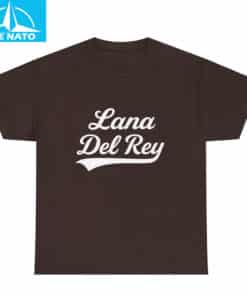
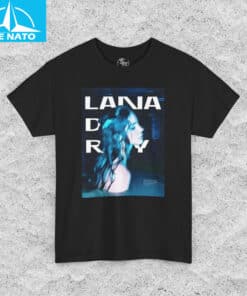
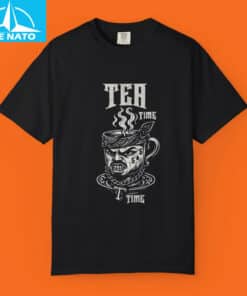
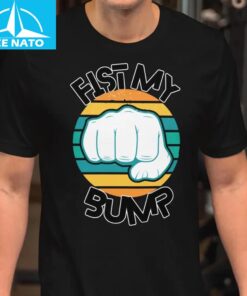
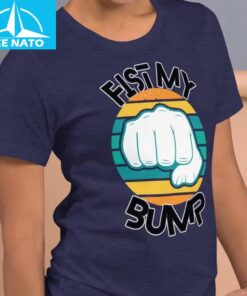









Reviews
There are no reviews yet.